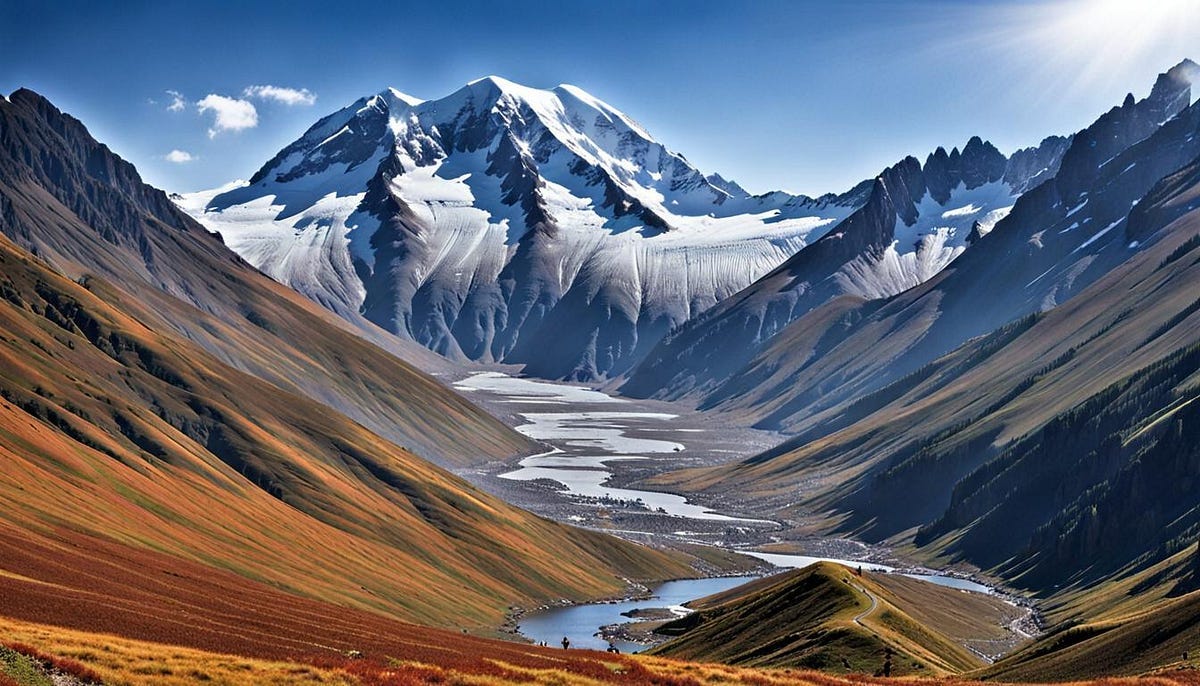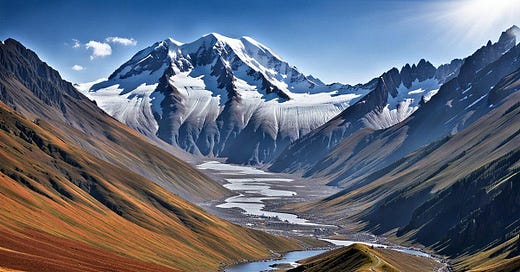Recent research explained

Here is a breakdown of a recent research paper on global change, written ib plain everyday language, in other words, Plainly Put.
Mountains around the world are experiencing varying levels of change due to global factors such as climate change, land use, and population density. A recent study by Chiara Dragonetti, Gergana Daskalova, and Moreno Di Marco, published on April 13, 2024, has taken a closer look at how these global change drivers are affecting mountain regions differently.
Key Findings
The impact of global change drivers is not uniform across the world’s mountains.
In the future, mountains are expected to face greater changes than they have in the past.
Compared to lowland areas, mountains have experienced changes at a slower pace but with greater intensity.
African mountains are particularly vulnerable, with high exposure to various change drivers.
Mountains in Europe and North America show lower levels of exposure and could serve as safe havens for biodiversity.
Detailed Insights
The study used two key metrics to measure the impact of change: the speed (velocity) and the extent (magnitude) of change.
By comparing data from the past (1975–2005) with projections for the future (2020–2050), the researchers were able to estimate how quickly and significantly these changes are occurring. African mountains, especially those in tropical regions, are projected to face the highest levels of change due to a combination of climate shifts, land-use changes, and growing human populations.
This poses a significant threat to the rich biodiversity found in these areas, and the study suggests that targeted strategies are needed to adapt to and mitigate these changes.
On the other hand, mountains in Europe and North America are less affected by these global change drivers. This makes them potential refuges for species that are losing their habitats elsewhere due to these changes.
Implications for Conservation
The findings of this study are crucial for conservation efforts. They highlight the need for prioritizing interventions and planning long-term monitoring at a local scale to protect mountain biodiversity. By understanding which areas are most at risk, conservationists can better allocate resources and develop strategies to preserve these unique ecosystems.
Mountains are not only majestic landscapes but also critical reservoirs of biodiversity.
As global change drivers continue to reshape these environments, it is essential to recognize the varying levels of exposure and respond with appropriate conservation measures.
The study by Dragonetti and colleagues provides a roadmap for identifying which mountain regions need urgent attention and which could serve as sanctuaries for threatened species in a rapidly changing world.
Source:
The exposure of the world’s mountains to global change drivers: iScience (cell.com)
Subscribe to get my free weekly Newsletter on Substack. All things poetry — discussion, hints and tips, tuition etc from Medium’s top poetry writer.
The Boundless Possibilities of Non-Rhyming Poetry
What happened to rhyming poems?open.substack.com
Poetry Genius is looking for new writers.
My new Publication, “Poetry Genius” has been launched on Medium. W e are accepting new writers, and will cover all types of poetry and poetry discussions. Check it out at Poetry Genius (medium.com)




